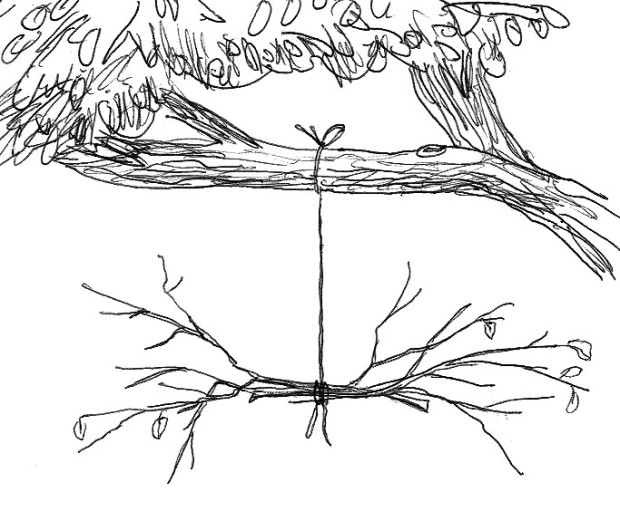Collecting tools
The selection of tools partly depends on which types of scolytine beetles you are mostly interested in. For example, for twig bark beetles you will not need any of the heavy duty hardware. On the other hand, trying to pry ambrosia beetles out of a branch with a knife routinely leads to squashed specimens (for xylophages we recommend sawing out a wood “cookie” with the gallery in it, splitting it out with a chisel, and peeling pieces off with clippers, until you get at the beetle). Our recommendations of brands are based on years of experience, not on any relationship with the vendors.
Essential
- box cutter (heavy duty)
- anvil-style clippers (we recommend Bahco anvil pruner)
- hatchet (we recommend Kershaw Camp Axe)
- folding saw
- broad wood chisel
- vials/cryo-tubes with ethanol (screw-top; never use snap-top vials)
- pre-cut labels
- label pen (we recommend Pigma MICRON archival pen)
- soft forceps (we recommend Bioquip Featherweight Forceps Narrow Tip)
- tool bag
Not essential but useful
- collecting notebook/log
- aspirator (pooter)
- hard pointed forceps
- electric or regular chain saw
- scalpel (for very small galleries)
- vial box to keep your samples in order
Collection data
levels of humidity
- in water
- on ground-buried
- on ground
- above ground- moist
- above ground-dry
levels of decay
- fresh, sap present
- freshly dead, bark easy to peel, sap absent
- fungi present, bark loose
- bark falls off; other insects
- rotten, past main colonization
Bottle trap
Lures
For ethanol lure – attach a mini ziploc bag made of thin plastic, fill half way with ethanol, and poke many hole above the ethanol level.
Take ethanol squirt bottle with you to the field and fill them on site. Change every couple of days (otherwise ethanol will soak up water from the environment).
For dead and well preserved beetles: use upside-down bottle with ethanol in the bottom (no need for ethanol lure bag) here.
For live beetles: use smaller bottle attached to the bottom of flight-intercept bottle. The connector can be made of many things, for example plumbing insulation foam. Cover bottom of the small bottle with shreds of paper towel. Big chunks of paper are not good – then don’t cover the slippery bottom, and beetles have nothing to grab on. Remove live beetles every couple of days (daily is best), and change towel shreds every two weeks at least.
For all beetles: Keep accurate collection information, and keep a card with contact information in case the samples get lost (like a business card). Official UF business cards may be especially important on when travelling by air.
Baits
Bait branches
A bait branch bundle is an amazing way to collect twig borers. These are some of the most diverse bark and ambrosia beetles. Make sure you use a meaningful host host. Ideally you would want to pull it up to the canopy, or at least get it off the ground, but not in direct sunlight. The bigger bundle the better! The one on this picture is pretty small.

